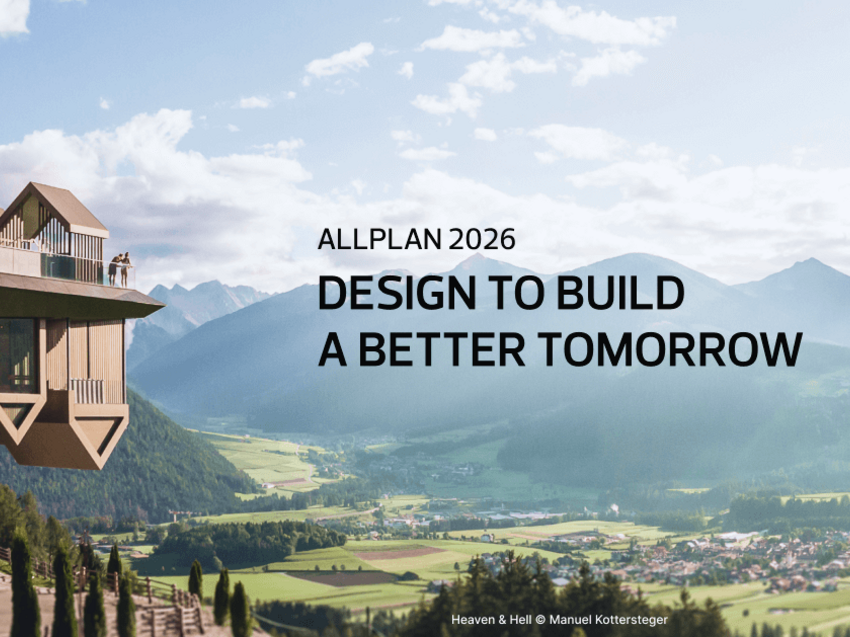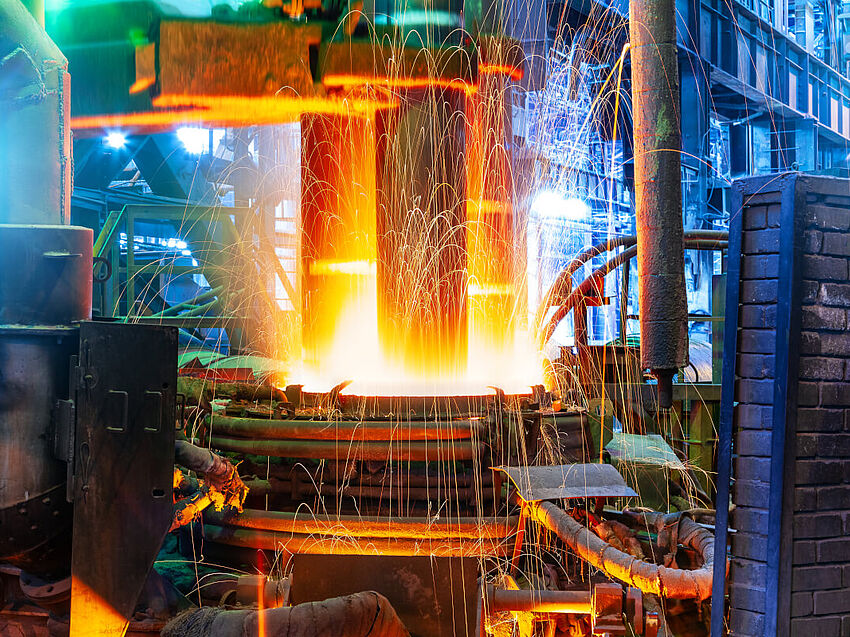It is getting cramped on earth. World population is growing by 2.5 people per second. Our planet has more than 7.5 billion inhabitants. By 2050, it will be about ten billion. This is a good reason to think about the future of our resources and common life together. It is also an incentive to try out today innovative architectural concepts which could solve tomorrow's problems: such as an energy-self-sufficient community and a fully self-supplying eco-village.
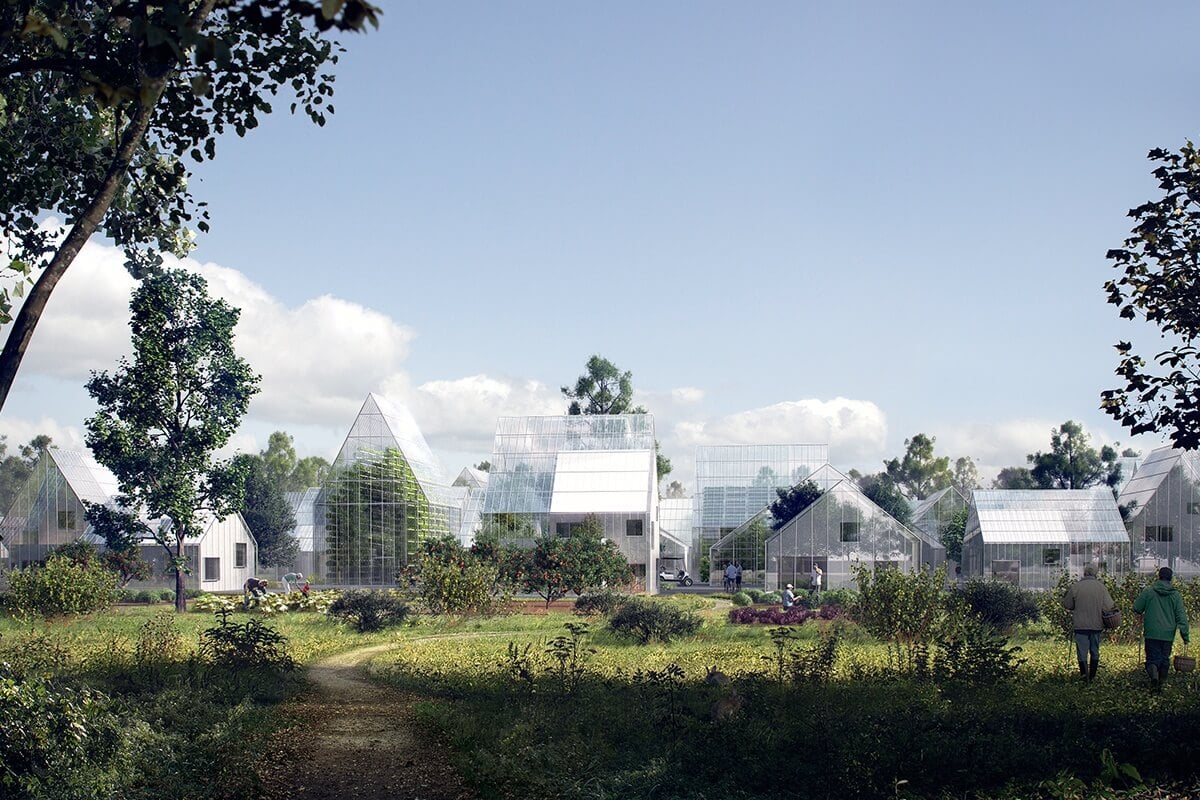
Ambitious goals
75 to 80 percent less CO2 than in 1990: These are the goals for reducting greenhouse gases in industrial countries by the middle of the century. The targets by the German Federal Environmental Agency for Germany are even higher. It envisions a greenhouse-gas-neutral economic system by 2050. To achieve this, the supply of energy has to be switched: from fossil fuel to sustainable, renewable energies – and from a central energy supply to energy self-sufficient communities.
Citizens for bioenergy
In 2005, the first German “bioenergy village“ was founded in Lower Saxony. The community, Jühnde, is a pioneer in using a decentralized energy supply with citizen participation. Biomass is being used for power generation and supplied to the households in Jühnde through co-generation. Besides biogas plants, wind turbines and photovoltaic plants play a major role. There are now 81 self-sufficient villages in Germany and a further 150 are being planned. A recent study expects that by 2020 almost one percent of German power generation will be provided by bioenergy villages and energy self-sufficient communities.
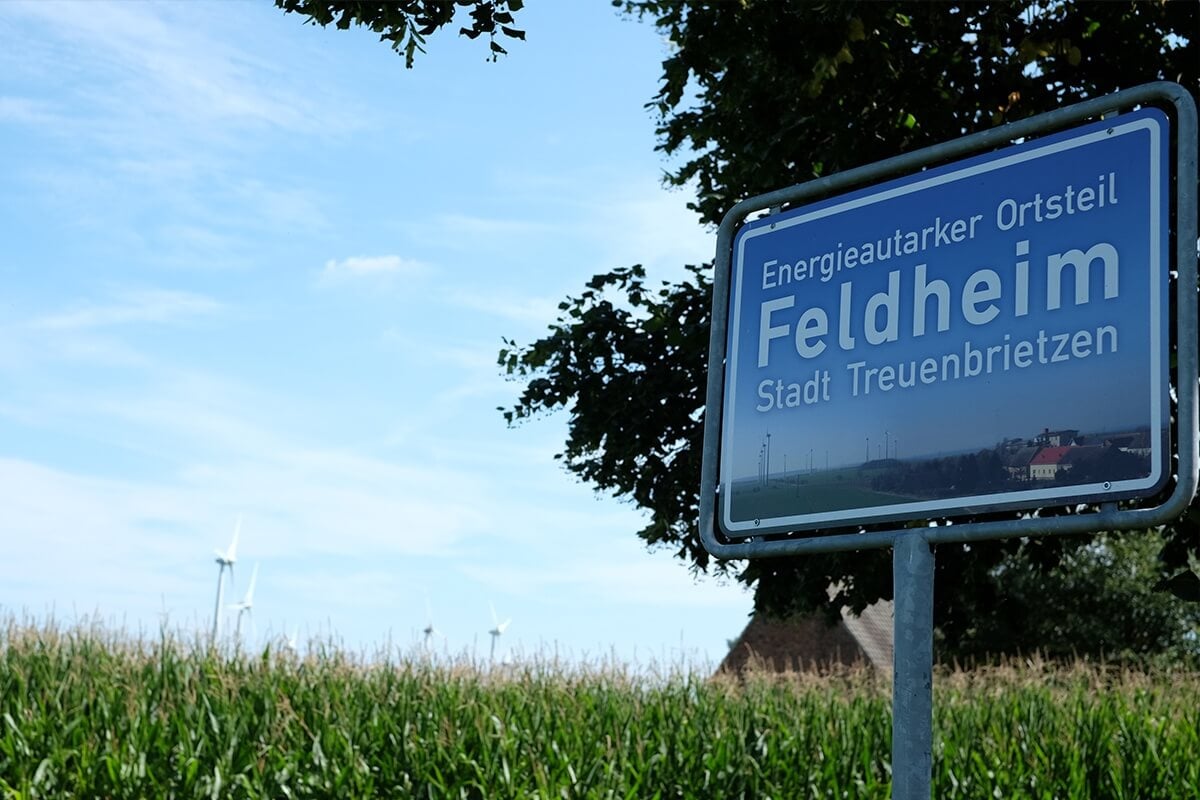
Visibly self-sufficient communities
In Feldheim, a district in the Brandenburg town of Treuenbrietzen, one of the most spectacular overall concepts for decentralized renewable energy supply has been achieved. The village produces electricity and heat for its inhabitants entirely by itself. Even the local businesses, private households and municipal facilities are directly supplied by the regionally produced energy from the local supply network. Nuclear power, coal and heating oil are a thing of the past here. The present and future belong to wind, sun, maize and slurry. Feldheim was voted the first energy self-sufficient community in Germany in October 2010 – and proudly displays the award on the village sign for everyone to see.
Visionary Eco-Village
Currently, a visionary project is being achieved in Lower Saxony: ReGen Villages. Innovative architecture and very modern technology are intended to ensure that the future inhabitants of the model village are completely self-sufficient – from the energy supply to foodstuff production. The US businessman James Ehrlich and the Danish architectural firm EFFEKT are building an ambitiously designed eco-village at Almere near Amsterdam. They will start with 25 residential houses on about 15,000 square meters.
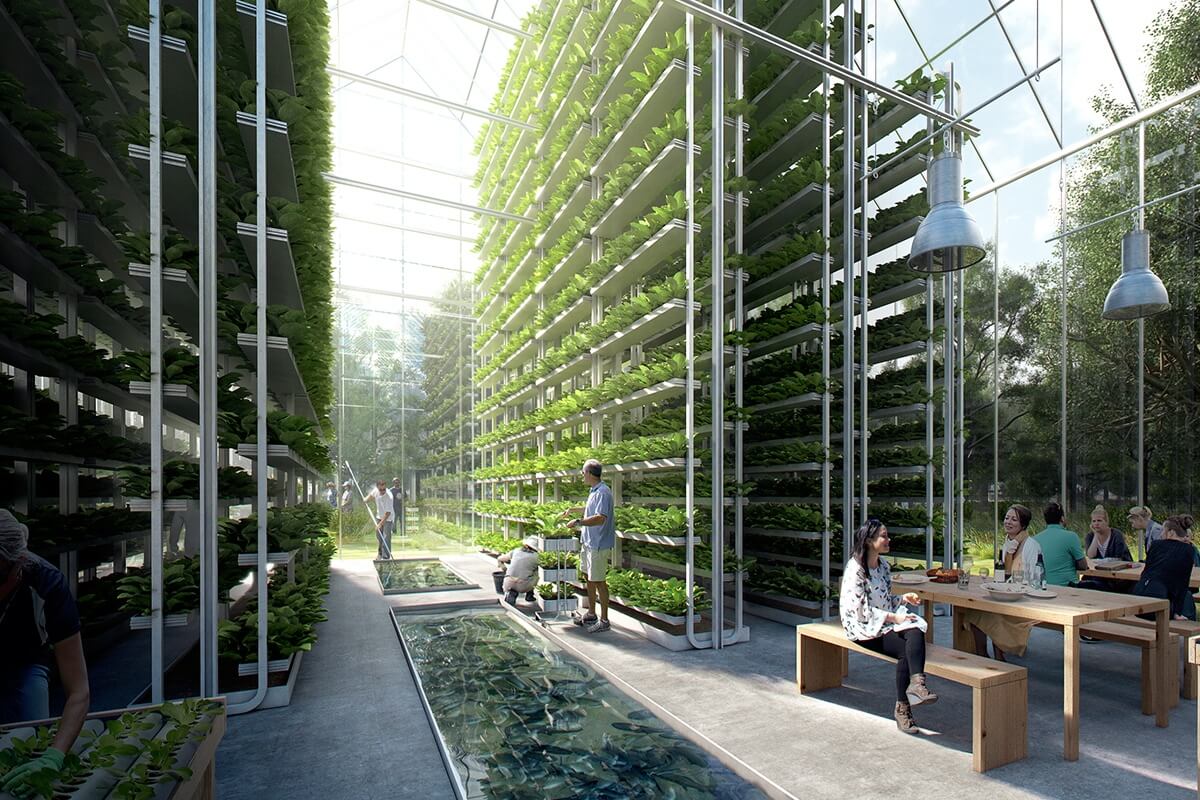
Closed cycle
“ReGen” stands for renewable. The concept relies on a completely closed recycling system and the use of state-of-the-art technology. The buildings produce electricity – in fact, even more than they need. The surplus is fed to energy storage systems. Greenhouses in the form of vertical gardens surround the buildings and enable year-round cultivation of food directly outside the door. There is also an intelligent water management system, sustainable recycling systems" and "Aquaponics”, a space-saving mixture of fish farming in aquaculture as well as the cultivation of crops using hydroponics. The inventors of the ReGen Villages wish to offer an approach to solving problems such as population growth, urbanization and scarcity of resources by using an effective interplay between eco-technologies and architecture.
Architecture makes important contributions to future-oriented ways of living together. It enables the implementation of innovative supply concepts and creates spatial conditions for social structures that promote interaction. Likewise, great concepts for living close to nature in urban developments can be achieved.

